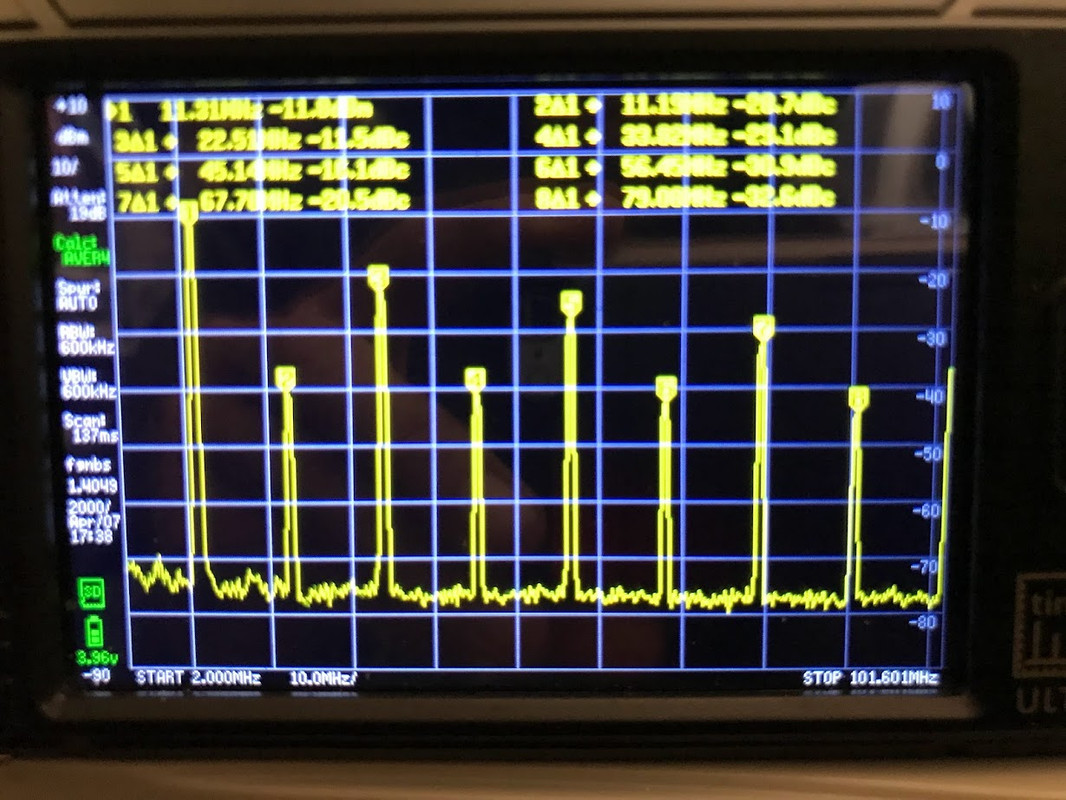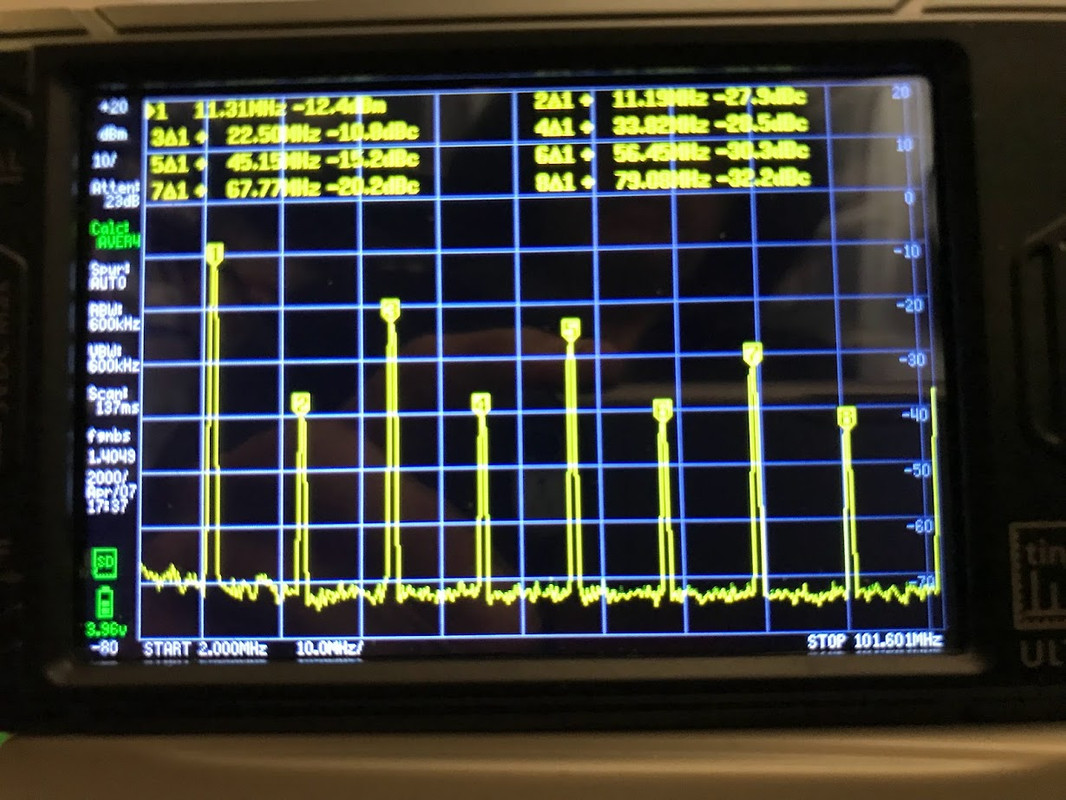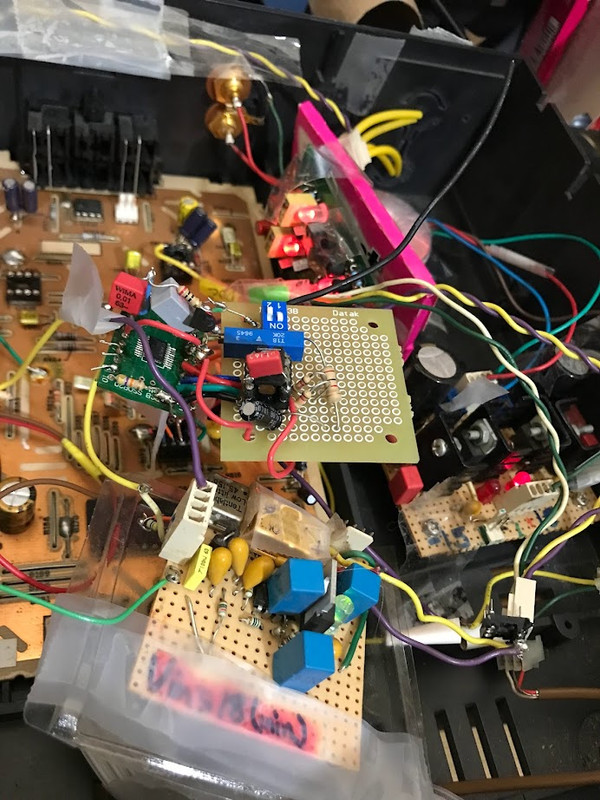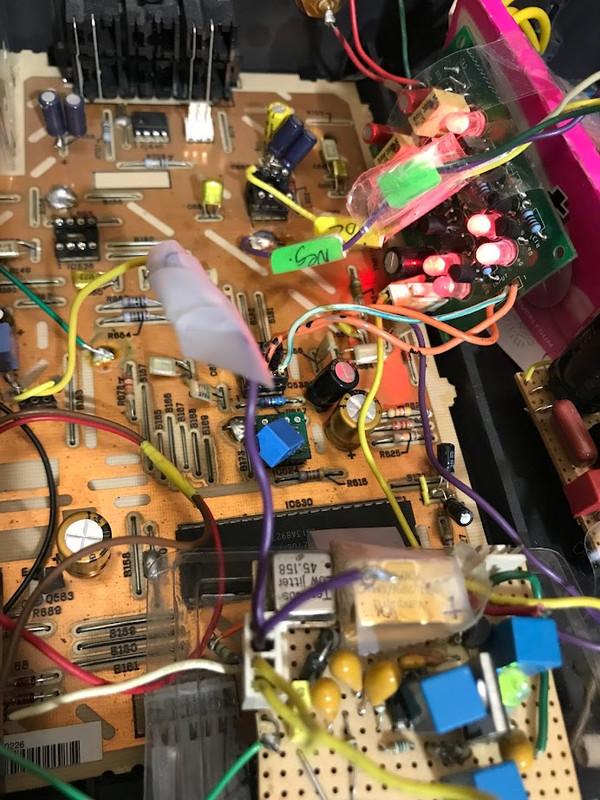martin clark
pinko bodger
Yes; you should expect that!
One should also be able to explain complex ideas in language simple enough that anyone can get it - so with the crayons out, here is a little illustration of the only quality that matters in the clock output, down to 10s-of-pS deviation as I wrote above: this is what 'jitter' is in a clock signal:

Any o'scope internal timebase performance is c. at least 10^4 x worse than the clock in this regard, so it cannot be seen on a scope directly. The crests of the clock signal, high and low, are way above/ below the slicing level where the dac converts the signal (which are usu c 0.6v from each of high and low voltages. Which is what the shape at the extremes, really doesn't matter.
- Now go read the earlier post above, again, with this illustration in mind, until you get it.
One should also be able to explain complex ideas in language simple enough that anyone can get it - so with the crayons out, here is a little illustration of the only quality that matters in the clock output, down to 10s-of-pS deviation as I wrote above: this is what 'jitter' is in a clock signal:

Any o'scope internal timebase performance is c. at least 10^4 x worse than the clock in this regard, so it cannot be seen on a scope directly. The crests of the clock signal, high and low, are way above/ below the slicing level where the dac converts the signal (which are usu c 0.6v from each of high and low voltages. Which is what the shape at the extremes, really doesn't matter.
- Now go read the earlier post above, again, with this illustration in mind, until you get it.











